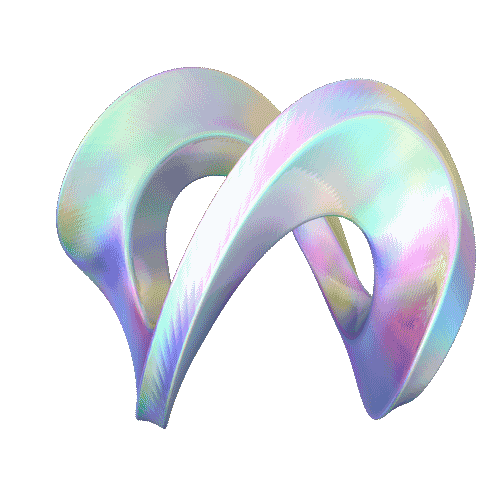Is the entire industry in apps now?
Definitely. The introduction of
GDPR and the fact that cookies and traditional purchase algorithms are becoming obsolete is a bit lucky for us. In the nearest future everyone will rely on ideas, devices, and advertising of these ideas in apps. That is partially what we are doing now. The demand for free games and apps is rapidly growing in general.
Adverty is not a game or an adtech solution. If we get involved with five new games [with VR advertising — Ed.] our reach might increase by hundreds of millions of unique monthly users. Cookies are dying, that is a fact. In-app is a way to increase your reach.
When you play in-app, you spend a lot of time doing it. This way, thanks to our product, the advertiser is where consumers spend their time.
What categories of apps do you serve? I know that the US accounts for about 10% of your global inventory.
It is in fact about 20%. Our possibilities were very limited, and Adverty offered only several solutions. To put it short, we were selling game by game. However, now we have a larger library of inventory, and yet again we had to go through the stage of feedback from agencies. Everybody needed different packages, so we started offering advertising for casual games and e-sports.
Adverty has headquarters in Stockholm and London, you are now developing business in the USA, and recently you announced a plan to bring seamless in-game advertising to the Polish market.
Our commercial department is in Stockholm, but there are also offices in the UK and Ukraine. We have a team of developers in Lviv. Our brain is in Ukraine, because Ukrainian professionals are very clever.


